Health Tech: For the Top 16 Conditions - Asthma to Autism, Diabetes to Dementia, Sleep to Seizures
- helloEd Team
- Oct 30, 2023
- 18 min read

Time and health are two precious assets that we don't recognize and appreciate until they have been depleted.
Denis Waitley
It's 8 pm, and no doubt you've caught some of the news this week. It might have been around the latest breakthrough in space flight (SpaceX), the rise of ChatGPT, or maybe another breakthrough. Statistically this week also, most of us will have experienced a health challenge of our own, looked after someone else who did, meant to call their aging parents, or made the quiet resolution to get into better shape.
These (latter) events are the most human of experiences, impacting our emotional, physical, and often financial health. Anticipation of what happens next. Racing thoughts about what you can do to have a better outcome. Worry about yourself, your parents, or being up at night with your child. From Asthma to Autism. Dementia to Diabetes. Sleep to seizures - there's a lot now possible with health technology revolutionizing the way we care for ourselves and each other.
Before we get too far, there's an important distinction to make.
Health technology doesn't exist to remove people from the equation. It exists to bring us closer, with more care, wherever we are, earlier. Without it, there are simply things we can not do.
Health professionals will always be the specialists we turn to for help, treatment, and surgery. In addition, however, there's an increasing need to take a proactive (and collaborative) approach to our own health.
Home is where we stay well, prevent problems, notice symptoms and manage conditions. Home is where we take telehealth calls, exercise, learn, recover, and take care of those we love. Many of the health tech products we now have access to are the result of collaborations by doctors, researchers, and technology companies, with government and regulator approvals.
In the midst of these advancements, there are challenges to embracing health technology. Some are worried about quality or privacy, and others are confused about what's around, if it's good, and how to use it.
In this article, based on the experience and input of Health professionals, technology leaders, and a Psychologist, we explore the human side of what health-related technology is available for the most common health needs and conditions.
Following this list, keep reading for Why Health Technology is Gaining Momentum, a video from highly-respected Psychologist Peta Slocombe, on how to think about health technology when faced with a life event, or to see What We Do and How We Choose.
Let's see what's available.
Health Conditions and Health Tech Available
IMPORTANT: Please remember to always consult a health professional, take their advice, and do not consider these personal recommendations, or life-saving devices. These products are not matched to your specific needs or capabilities. Products may be left unworn, uncharged, unread, or alerts unattended. Wearables can not detect a heart attack. If you are concerned about a health condition or symptom, visit your doctor or emergency department.

1. Asthma & Respiratory
Asthma is a respiratory condition that affects the airways and causes difficulty breathing. Common symptoms include wheezing, shortness of breath, chest tightness, and coughing. Other breathing difficulties can be caused by a variety of conditions, including asthma, apnea, COPD, or heart disease.
Those with asthma may want help to manage the condition, monitor symptoms to prevent incidents, take prescribed Ventolin, or educate younger ones. Those managing other breathing concerns may want to measure blood oxygen, lung capacity, and respiration rate, or monitor apnea.
Types of health technology:
Apps - for education & symptoms to reduce incidents
Spacer - for ventolin effectiveness
Spirometer - for lung capacity as a measure of status or progress
Nebulizer - for soothing airways
Oximeter - for checking blood oxygen levels are adequate and stable
See also Sleep & Seizures, and Stress & Mental Health
For more information, click on the images above, or see more Asthma & Respiratory products and fact sheets from the world's most reputable medical bodies.

2. Autism Spectrum
Autism is a neurodevelopmental disorder that affects an individual's ability to communicate and interact socially. Common symptoms include difficulty with communication, repetitive behaviors, and challenges with social interaction.
People living with a diagnosis of the autism spectrum will likely want to consider the individual's traits, strengths, and needs relevant. We're all different, and a diagnosis of autism doesn't say much about an individual. Health, home, and assistive technology are available to assist with communication, routines and organization, health monitoring, learning, playing or working, or being found.
For more information, our article on Autism related technology has been read by thousands of people, and we endeavor to keep it updated.
Types of health-related technology include:
AAC devices - help with speech, communication, and expression
Apps and GPS Tracking - for getting help & being found
Health monitoring - for example, sleep, temperature, or epilepsy
Tablets & Apps - for learning, playing, or working with focus and sensory assistance and behavioral needs
See also Seizures
For more details, click on the images above, or see more Autism Spectrum products and fact sheets from the world's most reputable Associations.

3. Cardiovascular & Heart
Heart disease is a term that refers to several types of heart conditions that can affect your heart's function. Symptoms of heart disease may include chest pain, shortness of breath, irregular heartbeat, fatigue, and swollen feet or ankles.
Heart-related technology can help motivate fitness, prevent conditions, assist with early detection or help manage a condition. Capabilities include tracking heart rate, taking blood pressure, and taking an ECG/EKG to help detect irregular heart rate (Afib).
Devices such as smartwatches, fitness trackers, and blood pressure monitors can provide data on heart health that can be shared with healthcare providers to improve diagnosis timelines and treatment.
Types of products include:
Devices that measure:
Heart rate (from resting through to active)
Blood pressure
ECG/EKG (with or without leads) to detect arterial fibrillation
Devices designed to suit the needs below, with varying levels of storing, interpreting, notifications, and ease of sharing or printing.
Home blood pressure - for heart rate and blood pressure. These include a cuff (wrist or upper arm) that may show and store the readings on the device and/or sync with a mobile device and app
Portable devices - these can be carried or attached to a mobile device
Wearable devices - via a smart-watch or chest strap
24hr monitors - provided by medical companies for 24/7 monitoring eg halter monitors
Defibrillator - portable and self-checking with instructions to operate voiced as you go
For more details, click on the images above, or see more Heart & Cardiovascular products and fact sheets from the world's most reputable medical sources. You can also read a dedicated article on top heart tech devices and how to test and share, here.

4. Dementia & Alzheimer's
Dementia is a group of brain disorders that cause memory loss, confusion, and problems with thinking and reasoning. Alzheimer's disease is the most common form of dementia. There is an increasing prevalence of diagnosis, with roughly one occurring somewhere in the world, every 3.2 seconds.
From a human perspective, being diagnosed with dementia can be devasting for family and friends, but most importantly for the person diagnosed. For you (or for them, if it's someone close), you want to do everything possible to stay independent in the early stages, to keep being who you are and doing what you love.
Symptoms may include forgetfulness, difficulty with tasks, difficulty with language, and changes in mood and personality. There will be concerns about becoming lost or wandering, falling at home, or relating to security and safety. Most people with dementia will have co-existing health conditions (or 'co-moribities') such as cardiovascular issues or diabetes.
Health and home technology can be combined such as:
Phones - to keep in touch more easily with hearing, visual prompts, and dialing
Reminders and medication - such as clocks, day, date, time, and medication dispensers
Falls, help, and tracking - such as personal alarms, GPS locators, or SOS
Cameras and Sensors- to know a loved one is up ok, home, detect that smoke and air quality are ok and answer or open the front door or gate securely
Health monitoring - Whether it be yourself, a carer, or a partner who tests regularly, sets alerts, or shares the results with a doctor, medical-grade devices exist for Heart, Diabetes, and General Health monitoring. It may help to keep well and free of incidents, to support telehealth consultations, or to decide to head to the doctor.
Mobility such as frames, walking aids, wheelchairs, or trikes. in the early stages
For more details, click on the images above, or see more Dementia & Alzheimer's products and fact sheets from the world's most reputable sources. You can also read a dedicated article on top heart tech devices and how to test and share.

5. Diabetes
Diabetes is a chronic condition that affects how the body processes glucose. Common symptoms include high blood sugar levels, fatigue, and increased thirst. Health technology can provide glucose monitors, insulin pumps, and other devices that help individuals read, monitor and manage their blood sugar levels and medication.
Understanding blood sugar/glucose levels can help understand when to take medication, eat something, or when move around. It can help prevent hypo (low) or hyper (high) levels and prevent complications.
Health technology types include:
Apps - to monitor and record symptoms and remember medication
Blood Glucose Monitors - which can read with a fingertip prick, showing the mmol/L reading on the device, and then often via Bluetooth, to update an app that can be used to understand patterns, respond or manage levels, or share with others.
Continuous Glucose Monitors - where a tiny sensor is inserted under the skin by a professional
Ketone - to monitor levels and help prevent diabetic ketoacidosis
Wearables - such as socks that prevent feet problems
See also General Health, Fitness, and Heart
For more details, click on the images above, or see more Diabetes products and fact sheets from the world's most reputable medical bodies.

6. Family & General Health
Family health encompasses the health and wellness of family members, including parents, children, and extended family members. These types of devices are usually readily available in stores and pharmacies and can be considered a kind of digital first aid kit.
The use case might involve testing when someone in your family has a fever, cough, cold, another virus, condition, allergy, or injury. Understanding the vital signs can help give you insights, or support your decision-making during telehealth or as input to seek further assistance, such as during the night.
Types of devices that can be valuable to have on hand include:
Digital thermometer - to detect fever or other concerns. Features include using multiple sensors with no forehead contact and storing multiple readings by the user and with notes.
Fingertip Oximeter - as a general help to measure blood oxygen levels (Sp02) and heart rate
Blood pressure or ECG
Weight scales - to track weight or weight loss
Otoscope - to check ears, throat, and nose
For more information, click the pictures above. You can also see more products in the Family Health collection with key fact sheets from the world's most reputable sources, browse a Health Visual Story, or read this article.

7. Family Aging
Around 11% of the world's population is currently over 65 years of age. With generations more geographically spread out than ever, and more people living alone, you may be wondering how health technology can help you be closer, and support each other.
Technology can help:
Home Hub - Drop in - via cameras or voice assistants
Movement sensors - to detect movement such as on the front porch in the middle of the night, or lack of movement in the kitchen in the morning
Remote health monitor - such as sleep or heart-related
Smarthome - Let carers in remotely - via the gate, front door camera, or smart lock
Digital & Smart Photos - For sharing photos and memories in new ways - in a digital frame or via an app that allows them to be fixed to the wall and then moved to care, a bedroom, etc depending on needs.
See also Loneliness & Isolation, Dementia
For more details, click on the images above. You can also browse the interactive collection, or read our blog for more articles and stories.

8. Fitness
Fitness is a general term that refers to physical health and well-being. Maintaining a healthy lifestyle is important for everyone, and is a basic building block of staying healthy mentally and physically and preventing incidents and conditions.
Health technology can help with fitness goals by tracking activity levels, heart rate, and other biometric data. Devices such as fitness trackers and smartwatches can help users set goals, track progress, and receive feedback on their activity levels.
Health and fitness technologies include:
Smartwatches - that help set goals, track and reward activity, motivate movement and friendly competition and goals
Apps - that can give access to exercises focusing where you need to, keep interested, engage with a community, and allow you to share with others
Wearables - other than smartwatches, this includes chest straps, arm bands, clothes, shoes or socks with sensors to help measure movement, stride, pace, and skin temperature
Exercise devices - such as smart mirrors, exercise machines
For more details, click on the images above, or view more fitness health tech products.

9. Pain, Joint & Musculoskeletal
Chronic pain is a common problem, though especially in older adults. Conditions associated with pain or joint problems may include arthritis, back pain, and osteoporosis.
Health technology may be of assistance in addition to health provider treatment and exercise, in terms of pain management, exercise technology, medication management, or maintaining weight and general fitness and activity.
Health-related technology includes:
Tens & Pain management devices worn on the body to provide relief
Fitness & Activity Trackers - including wearables that help to set goals for various forms of exercise, keep a record of activity for review against pain trends, and allow you to share or compete with friends and family
Fall Detection & Help - personal devices to detect falls, or call for help
Weight scales - to help manage weight and stress on back and joints
Exercise & Electric Massage devices - to move joints or give access to activity in specific areas
Medication & Symptoms management - to help track the right doses and capture insights that may provide help optimizing treatment
Sleep & Mindfulness - help to understand, track, and improve sleep and fatigue, which can be both a cause and symptom of, musculoskeletal conditions
See also this article, Stress & Mental Health
For more details, click on the images above. You can also view more products available here.

10. Parkinson's Disease
Parkinson's disease is a progressive neurological disorder that affects movement and is experienced by around 10 million people across the world.
The symptoms of Parkinson's disease include tremors, stiffness, slow movements, difficulty walking, and problems with balance and coordination.
Health technology may help people with Parkinson's disease manage their symptoms, with the opportunity to help track symptoms, movement, tremors, and gait - all to help improve and personalize treatment and medication. Telemedicine can also be used to provide remote consultations with healthcare professionals, which can be particularly helpful for patients who have difficulty traveling to appointments.
Health technology products of value may include:
Wearables that track symptoms
Apps that track and manage Parkinson's symptoms & medication
Health monitoring - such as seizures, temperature, and vital signs
Walking assistance through unfreezing a person's gate through laser lights on belts, shoes or walking frames
Light therapy - to increase dopamine, reduce inflammation and manage pain
Exercise technology products - such as forced exercise
Speech therapy and voice amplification - to assist with Primary Progressive Aphasia or volume reduction
Falls & Emergency calling- such as smartwatches detecting falls and calling for help
See also Home Independence, Sleep & Stress & Mental Health
For more details, click on the images above. You can also view more options and fact sheets from reputable medical bodies in the Parkinson's collection, or read our Parkinson's technology article.

11. Routines, Reminders & Medication
Physical or cognitive disabilities can impact daily routines, which can be important for independence and to remember to do what keeps you well. It can be hard to remember medical appointments or visiting carers, to remember family or life admin tasks due when dealing with stress, pain, or fatigue. In the case of cognitive challenges, it can be empowering, yet overlooked, to keep up to date with the day, date, weather, news, and milestones.
Health-related technology may include:
Medication reminders - in the form of voice assistants and phones sounding an alarm, apps to remind you of each medication and alert others it's been taken, or medication dispensers that organize and dispense what's required
Home Hubs & Voice assistants - that enable a routine to be set, for example, "Good morning" will read the news, weather, date, and events scheduled for the day
Digital alarm clocks - designed for health needs including setting voice, picture, and sound alarms, and being able to have family members set them remotely. "Mum I'll be over at 12". "Time to drink water/take blood pressure".
For more details, click on the images above. You can view more options in this interactive collection.

12. Sleep & Seizures
Sleep disorders can affect a person's ability to fall asleep or stay asleep and can lead to fatigue, irritability, apnea, and other health problems.
According to the National Institute of Health (USA) “Sleep affects almost every tissue in our bodies,” says Dr. Michael Twery, a sleep expert at NIH. “It affects growth and stress hormones, our immune system, appetite, breathing, blood pressure, and cardiovascular health.” Research shows that lack of sleep increases the risk of obesity, heart disease, and infection as well as falls, accidents, cognitive impairment, confusion, and depression.
Seizures are a common problem for people with epilepsy. Symptoms may include convulsions. Seizures are sudden bursts of electrical activity in the brain that can cause a range of symptoms, from convulsions to loss of consciousness.
Health technology can help people with sleep disorders in several ways. For example, wearable devices can track sleep patterns and provide feedback on how to improve sleep hygiene. Sleep apps can provide customized sleep routines and relaxation exercises. In addition, telemedicine can be used to provide remote consultations with sleep specialists, who can provide personalized treatment plans.
Health tech devices include:
Wearable devices - like smartwatches or oxygen rings can track sleep, pulse, and respiration including potential signs of sleep apnea. They may also help alert you through vibrating
Sleep mats - can track and measure movement and sleep and highlight issues or improvements
Smartwatches with Apps - can detect when a seizure is happening and alert caregivers
Stress & Meditation devices - can assist with relaxation and longer or deeper sleep states
Sensors - by the bed may assist with detecting seizures or tracking sleep and adjusting sound or lighting to wake you at the optimal time.
For more details, click on the images above. You can view more options and fact sheets from the world's most reputable sources in this interactive Sleep & Seizures collection.

13. Stress and mental health
Being calm and relaxed are important aspects of overall health and well-being, and conversely, many people with a health need or chronic condition may experience anxiety.
It's important to note the basics of fresh air and time outdoors, the carer of people you love, help from a health professional, as well as exercising, healthy food, and sleep.
Health technology may also help people manage stress and mental health. For example:
Meditation and relaxation apps - can help people learn techniques to manage stress and anxiety.
Online therapy services can provide remote access to mental health professionals, making it easier for people to seek help when they need it.
Wearable devices can also track stress levels and provide feedback on how to manage stress more effectively.
Massage Devices - neck, head, eye, full body with heat and vibration
Fitness devices - such as smartwatches and wearables that motivate activity, drinking water, and healthy weight. See also General Health and Fitness
For more details, click on the images above. You can view more of what's on the market in this interactive Stress & Mental Health collection, including viewing fact sheets from the most recognized authorities.

14. Traumatic Brain Injury or Stroke
Mobility impairment can refer to a wide range of conditions that affect a person's ability to move around, such as spinal cord injuries, stroke, or other injuries or conditions.
In these cases, most likely the person will be under the care of a team of specialists including doctors, allied health, and including home physio and rehab. At some stage, recovery will occur in the home setting, and there may be ways your health team agrees technology may assist with progress or daily living.
Types of health technology that may be of value or relevance, include:
Health monitors - health tech devices that keep an eye on vital signs, to help with medication management or prevent incidents and help stay well. These may be wearables or separate devices like blood pressure, ECG, etc.
Symptom and Activity tracking - to monitor movement, gait, and record symptoms to help refine treatment
Physical conditioning - such as exercise pedaling, hand rehab or responses to stroke exercises
Smart home - independence through voice controlling on a home hub (eg Google Nest, Amazon Echo) the lights, doors, music, taps, and appliances
Communication devices - such as phones, video phones, voice-to-text, accessibility settings on tablets, or augmented assistive communications devices (AAC)
Calm and Well-being - as anxiety and depression often accompany illness, such as Apps, meditation, and sleep aids
Productivity & Engagement - through voice or eye control access to computers
See also General & Family Health, Stress & Mental Health, Pain, Joint & Musculoskeletal.
For more details, click the images above. You can also visit the interactive collection and fact sheets here. Always consult your doctor or health specialist.

15. Loneliness & Isolation
Loneliness and isolation are common problems for all of us, regardless of generation. Older adults, especially those with mobility impairments or cognitive impairments, can have it particularly hard. There's a well-documented link between mental and emotional happiness and physical well-being.
Health technology can be a part of helping to combat loneliness by helping families to connect in person, and remotely, by making it easier to call, drop in, share news, and strengthen the bond across a family living away, grandchildren, cousins, etc.
More value can be offered by providing social engagement tools such as photos, videos, video, and group calls, and access to virtual reality experiences apps and devices that can help adults connect with others in their community, such as volunteer matching platforms and social networking apps.
Though being together in person as much as possible, sitting down for a chat, and being able to contribute in all directions to each other is the first priority, technology that may assist includes:
Voice Assistants and Home Hubs - that enable you to call or see each other, including dropping into the kitchen or by the armchair (with permission) to chat after school or swiveling automatically to follow a face will make a cup of tea
Phones & Video Calling - that support talking, hearing, captions, work with hearing aids, voice-activated "call Mom" in the night or group calls where the receiver may not have to touch the device to participate
Photos & Videos - digital photo frames have the ability to send photos, videos, and captions from across the family and from ages. Stick on photos walls or digital memory books are warming reminders of how much you/they are loved
Tablets & Communities - to find interests (check they are safe and personal details aren't exchanged)
Enabling Visitors through Smart Home - video doorbells, smart door locks, and security cameras can make sure carers, companions, the mobile library, or dog walker are securely visiting
Mobility Aids - can help with the local community when driving isn't an option, such as walking frames with a GPS or SOS tag, or electric (or manual) fat tired trike
Gig Economy Services - can be called from a voice assistant, a camera capturing pick up at the house, and the trip location tracked to help bring a loved one to a football game, concert, book club, or over for dinner.
For more details, click the images above, see the interactive collection, or read a recent article.

16. Addiction
Addiction refers to a physical and psychological dependence on a substance or behavior that negatively impacts an individual's life. Addiction can manifest in different ways, including drug addiction, alcohol addiction, and behavioral addiction.
People managing addiction may want support from those closest or with similar experiences that overcome addiction. Health technology can provide digital tools and apps that help individuals manage their addiction and recovery, provide support through virtual support groups, and connect individuals with addiction specialists.
Types of digital health technology include:
Telehealth - to seek the help of qualified professionals and communities (using a computer or tablet to access relevant services in your country)
Digital Communities & Content - for authentic and positive stories and experiences of others
Apps for Support
See also Stress & Mental health, Sleep, General health
For more information, click on the images above. You're welcome to Contact us if you'd like us to track and report more in this space.
Why Is Health Tech Gaining Momentum?
First, there's a steadily increasing scale of investment in the $billions, in health-related technology, with much of it led by doctors, researchers, nurses, and allied health professionals, working with technology founders and brands.
Second, we are increasingly confident with the technology, with 50% who own a fitness device buying it to track or manage a condition. (Source) The adoption of telehealth services has also increased significantly, with higher-than-expected satisfaction levels.
Third, there's a widespread recognition that new approaches are necessary. We're living longer with more chronic diseases and comorbidities, healthcare professionals simply can't work harder or care more, governments can't pay more, and families want ways to care for their loved ones. It's no one's fault - it's where we are.
Finally, Governments, medical institutions, and consumer tech brands have accelerated collaboration for accuracy, approvals, and integrations such as health tech into medical records. (Read more). Regulatory bodies like the FDA (US), NHS (UK), and TGA (Australia) approve the accuracy of hundreds of devices, with insurers offering rebates and subsidies for many.
In the years ahead, the goal continues to be preventative, predictive, and personalized care that's affordable, equitable, and more human than ever.
How To Think & Talk About Health Technology Possibilities
Here Peta Slocombe, a passionate and sought-after Psychologist, Speaker & Author, shares what happens when we're faced with a health event that's not of our choosing, how to think about the possibilities with health technology, and to approach the subject with those you love who might be reluctant to consider it.
About Us and How We Select Health Tech

We believe It’s time the world thought differently about what we’re all capable of at any age or health condition. HelloEd is dedicated to bringing together the world's best health, home, and assistive technology, to give people choices.
Our service is likely the world’s largest independent, curated collection of consumer health, home, and assistive technology. Our team is made up of professionals in medicine, health, psychology, and technology. We scan hundreds of mainstream, niche, and emerging providers and sources to help you discover what’s possible in one location, assess 10+ quality factors, and make it human.
We don't share your data or offer products of our own. For more information about our team, and story, see About Us, and What We Do. You're welcome to subscribe, share helloEd with your community, or tell us your stories and suggestions to help us get better.
Please remember to ALWAYS consult a health professional, take their advice, and do not consider these personal recommendations, or lifesaving devices. Products may be left unworn, uncharged, unread, or alerts unattended. Wearables can not detect a heart attack. If you are concerned about a health condition or symptom, visit your doctor or emergency department.


















































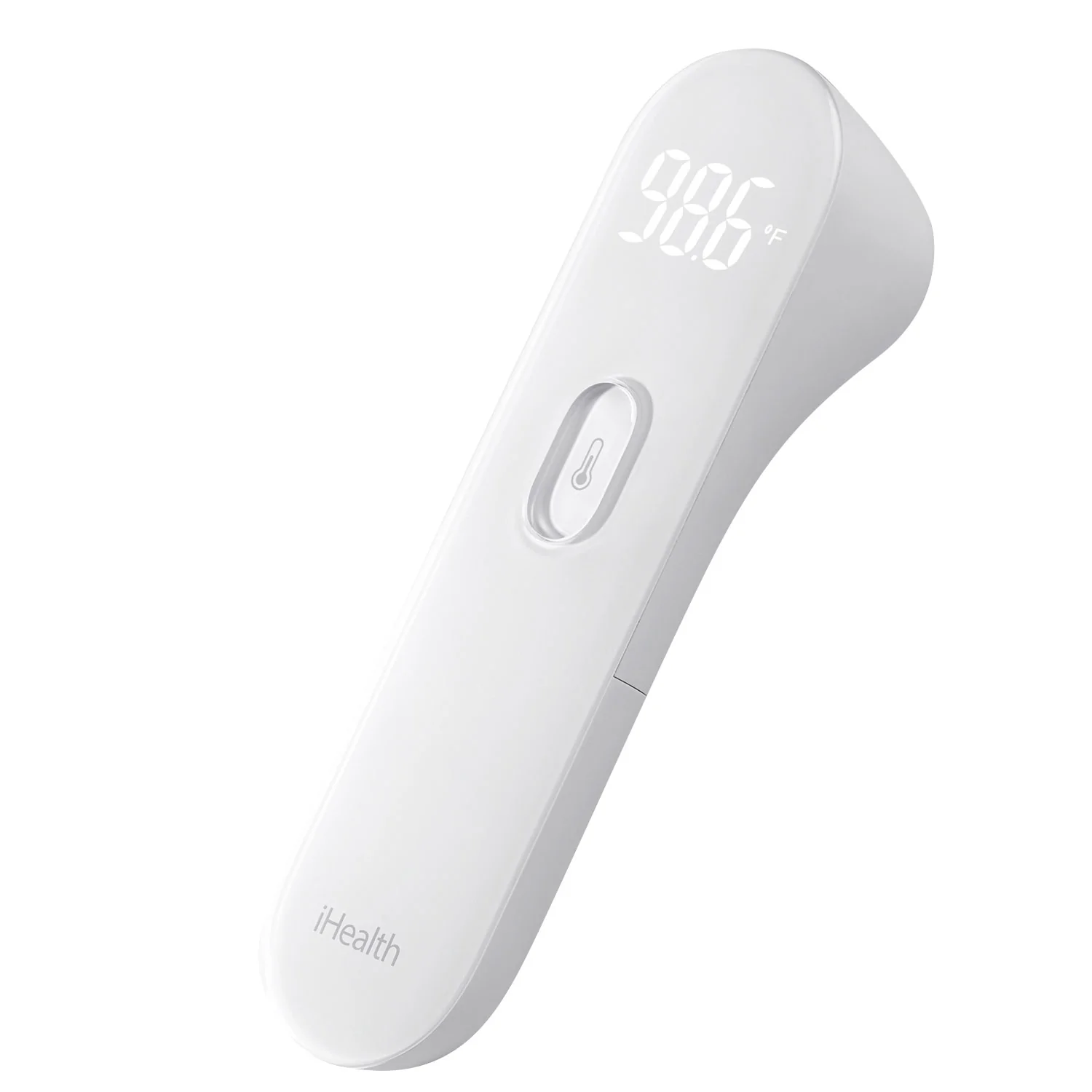
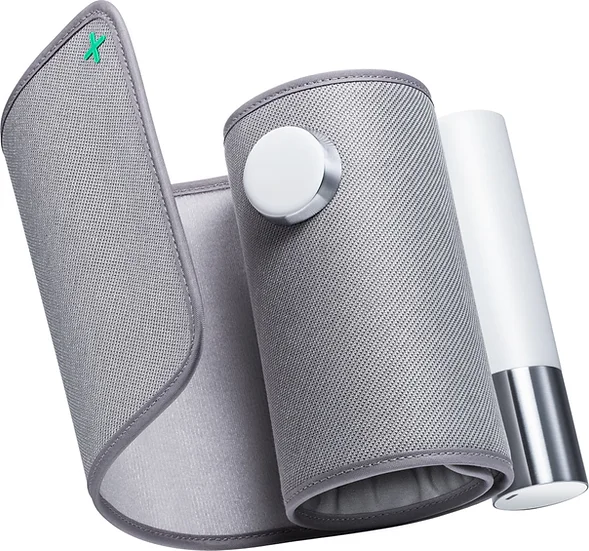








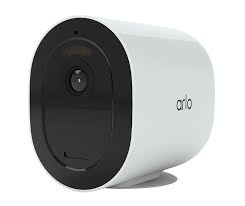







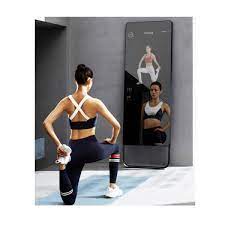









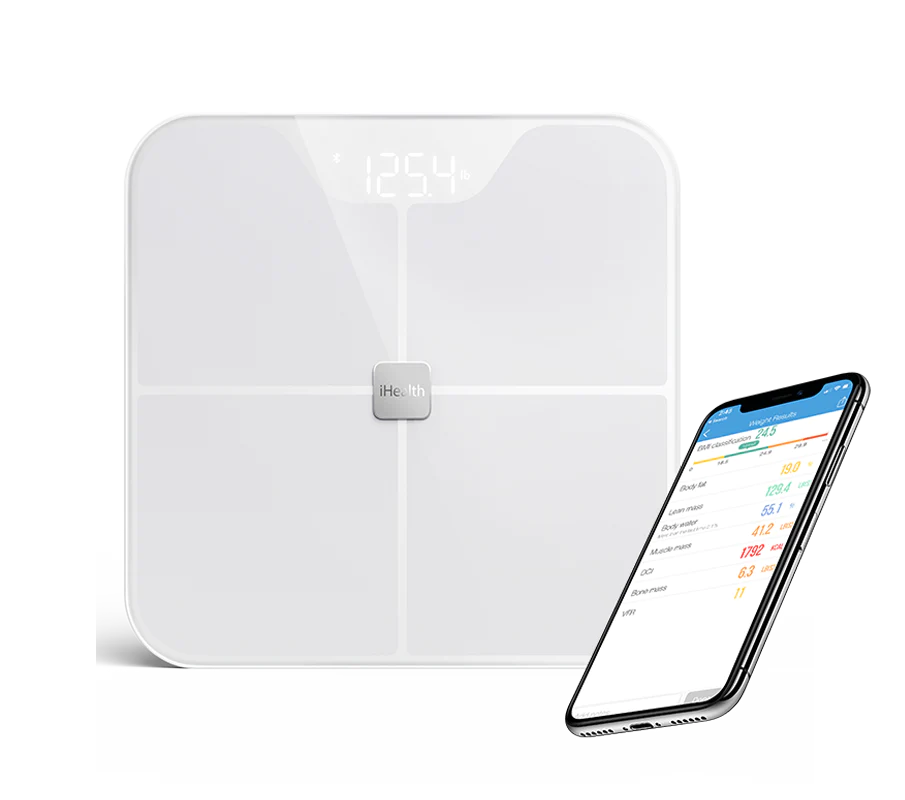































































![8 Ways to Assess Your Health at Home [+ 30 Medical Devices To Know About]](https://static.wixstatic.com/media/b89345_0a8c8ddc0b564b988b6e58da3df65070~mv2.jpg/v1/fill/w_980,h_551,al_c,q_85,usm_0.66_1.00_0.01,enc_avif,quality_auto/b89345_0a8c8ddc0b564b988b6e58da3df65070~mv2.jpg)

Comments